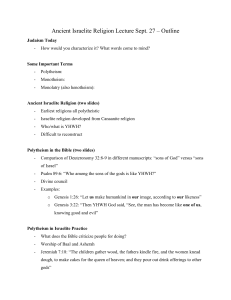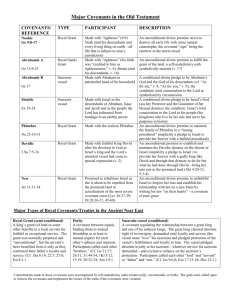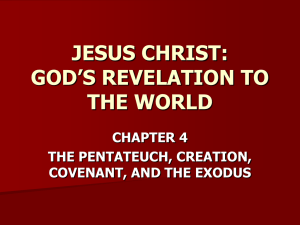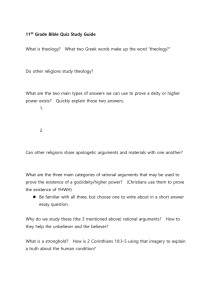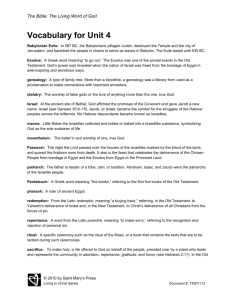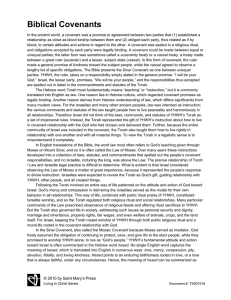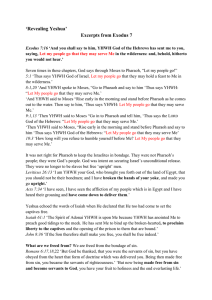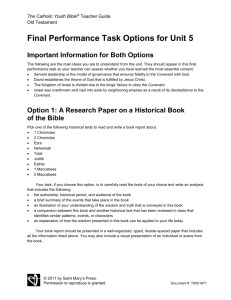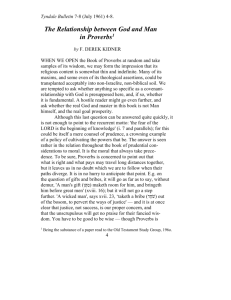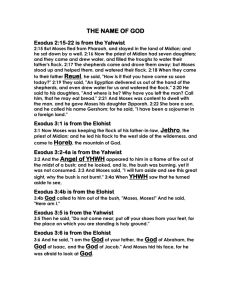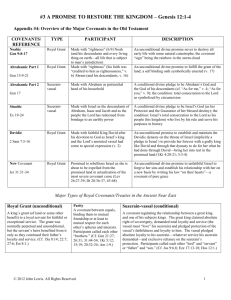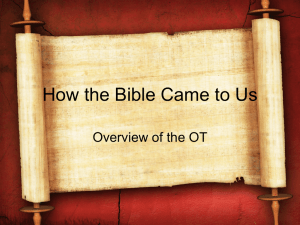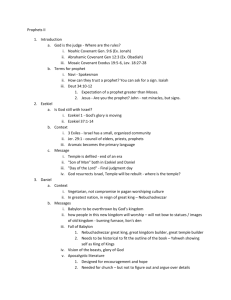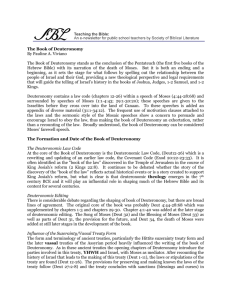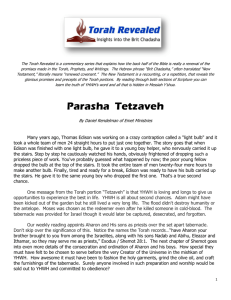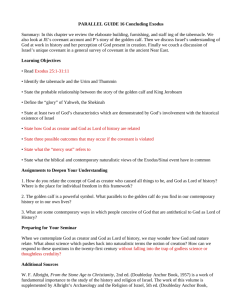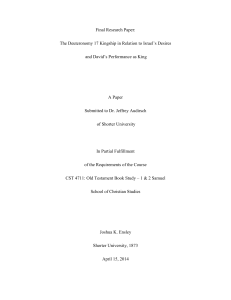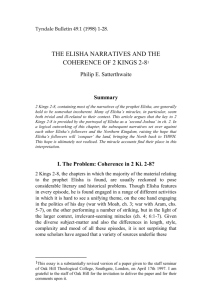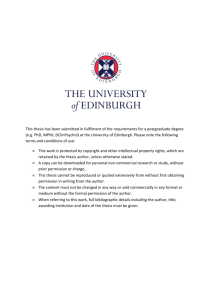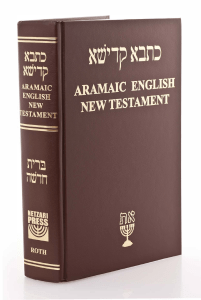Introduction to Historical Books
advertisement
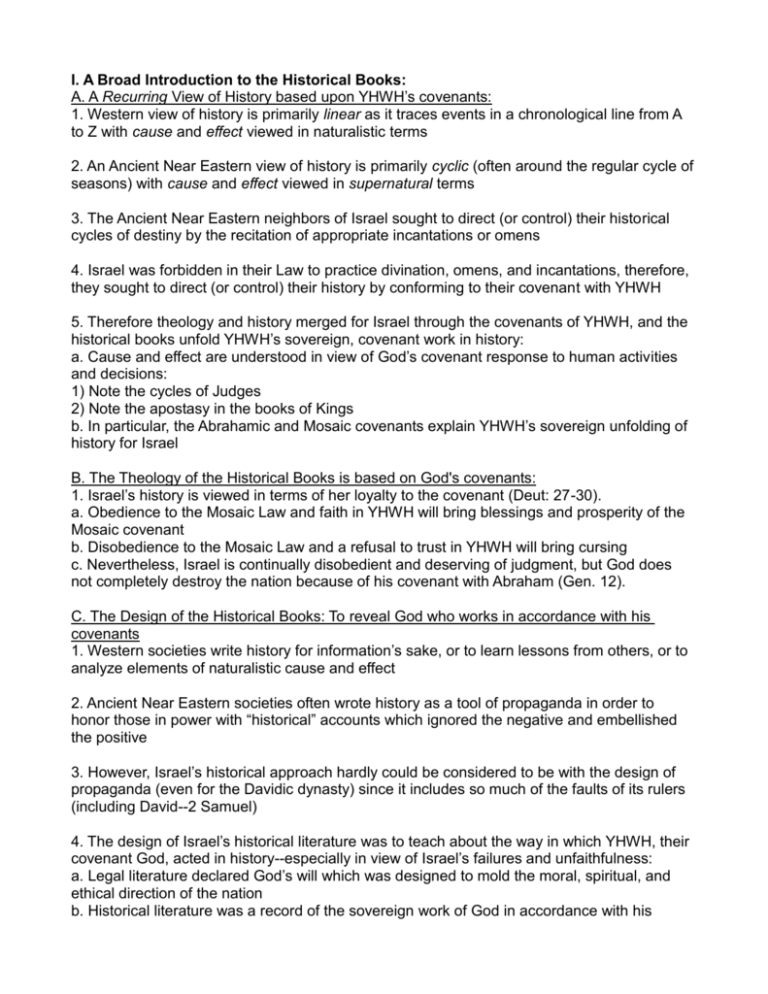
I. A Broad Introduction to the Historical Books: A. A Recurring View of History based upon YHWH’s covenants: 1. Western view of history is primarily linear as it traces events in a chronological line from A to Z with cause and effect viewed in naturalistic terms 2. An Ancient Near Eastern view of history is primarily cyclic (often around the regular cycle of seasons) with cause and effect viewed in supernatural terms 3. The Ancient Near Eastern neighbors of Israel sought to direct (or control) their historical cycles of destiny by the recitation of appropriate incantations or omens 4. Israel was forbidden in their Law to practice divination, omens, and incantations, therefore, they sought to direct (or control) their history by conforming to their covenant with YHWH 5. Therefore theology and history merged for Israel through the covenants of YHWH, and the historical books unfold YHWH’s sovereign, covenant work in history: a. Cause and effect are understood in view of God’s covenant response to human activities and decisions: 1) Note the cycles of Judges 2) Note the apostasy in the books of Kings b. In particular, the Abrahamic and Mosaic covenants explain YHWH’s sovereign unfolding of history for Israel B. The Theology of the Historical Books is based on God's covenants: 1. Israel’s history is viewed in terms of her loyalty to the covenant (Deut: 27-30). a. Obedience to the Mosaic Law and faith in YHWH will bring blessings and prosperity of the Mosaic covenant b. Disobedience to the Mosaic Law and a refusal to trust in YHWH will bring cursing c. Nevertheless, Israel is continually disobedient and deserving of judgment, but God does not completely destroy the nation because of his covenant with Abraham (Gen. 12). C. The Design of the Historical Books: To reveal God who works in accordance with his covenants 1. Western societies write history for information’s sake, or to learn lessons from others, or to analyze elements of naturalistic cause and effect 2. Ancient Near Eastern societies often wrote history as a tool of propaganda in order to honor those in power with “historical” accounts which ignored the negative and embellished the positive 3. However, Israel’s historical approach hardly could be considered to be with the design of propaganda (even for the Davidic dynasty) since it includes so much of the faults of its rulers (including David--2 Samuel) 4. The design of Israel’s historical literature was to teach about the way in which YHWH, their covenant God, acted in history--especially in view of Israel’s failures and unfaithfulness: a. Legal literature declared God’s will which was designed to mold the moral, spiritual, and ethical direction of the nation b. Historical literature was a record of the sovereign work of God in accordance with his covenants in history c. Prophetic literature was a declaration of the will of God in history in judgment of the nation’s historical dealings and in promise of God’s future blessing d. Although Israel was unfaithful to their Mosaic covenant with YHWH and often received the judgment due them from their Lord, YHWH was also committed to his people and delivered them in accordance with his promises to Abraham with an eye to a New Covenant which He would work in their hearts II. Holy War What I need to do at this point is talk about holy war, and this is now an attempt to fill you in on the concept of war in the Old Testament. The most important place to read about this is Deuteronomy 20, but it is not the only place. 1. Eleven Characteristics A. No Standing Army B. No Pay for Soldiers C. No spoil / Plunder D. Only for Conquest / Defense of Promised Land E. Only at Yahweh's Call F. Only Through a Prophet G. Yahweh Does the Fighting H. Religious Undertaking I. Total Annihilation of the Enemy J. Violator Becomes Enemy K. Exceptions / Mutations Possible 2. Holy War Theme in the New Testament III. Religions of Caanan Ba'al-means "Lord, Master" in Hebrew. Roughly synonymous with 'Adonai'. 'Hadad'-the deity of the storm god. This is especially clear in conflict between Elijah and Baal. Secondarily he is a fertility and prosperity deity. Asherah-she is encountered more in Kings. Asherah is wife of Baal as fertility goddess. Because both of these were so popular, bible sometimes uses plural form of their name to describe all other pagan gods. Because of the fertility aspect, both had prostitutes with sexual elements in their worship. Evidence is that there is at least this practice. Anath-goddess of love and war. Kind of Aphrodite/Venus figure. Lots of violence and sexual aspects though violence more pronounced. Shemesh-sun deity. Probably the deity that God deals with when the sun went still in Joshua. Yarih-moon deity El-Semitic word for 'god' or 'deity'. Could be name of a god as well. As a deity was the father of deities/Zeus like figure who was older and waning in power. He is encountered in Judges 9 with Abimilech. Canaanites were big into magic. We find iconography and amulets with incantations. Israelites coming into Canaan technologically inferior. They are thus more susceptible to Canaanite influence.
